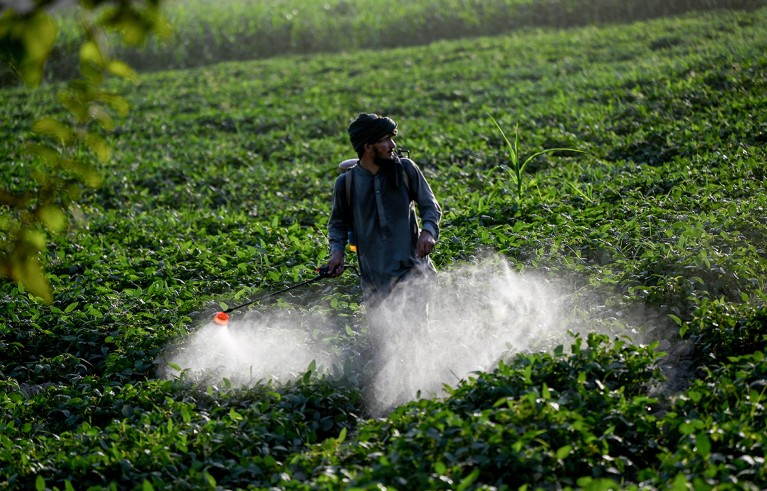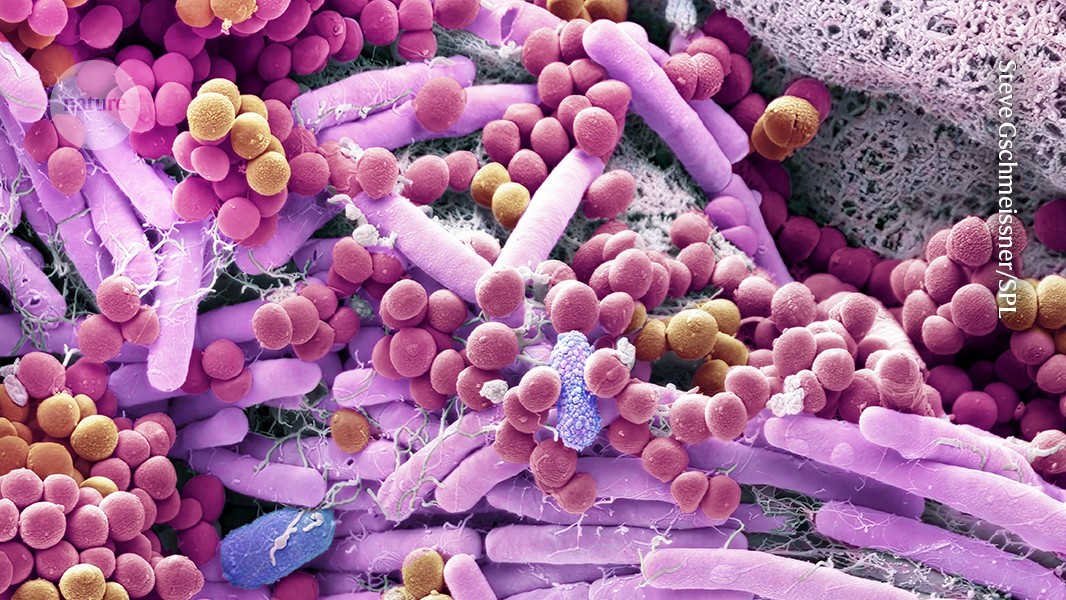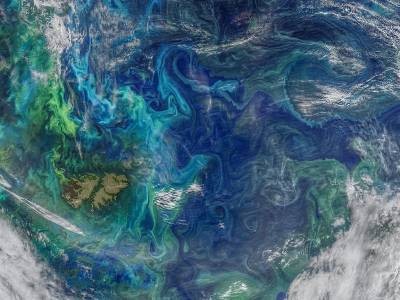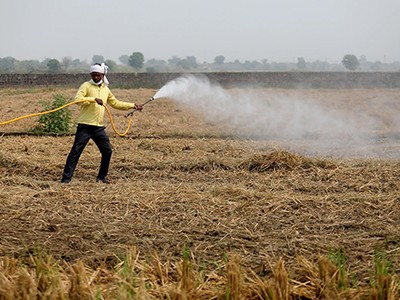Thinking Small and Large: How Microbes Made and Can Save Our World Peter Forbes Icon Books (2025)
Our world is shaped by things we cannot see — from bacteria and greenhouse gases to artificial intelligence. Yet people tend to centre their world view around what is visible and human. In Thinking Small and Large, science writer Peter Forbes tackles this paradox with clarity, arguing that our “sapiocentrism” could prevent us from grasping the foundational importance of microorganisms.
His sweeping narrative connects the molecular beginnings of life with the existential planetary crises humans now face. Microbes, the author asserts, are key to restoring our home and ensuring our survival in an era of ecological collapse.
Ancient allies
Forbes begins by paying homage to the classic 1926 book Microbe Hunters, in which microbiologist Paul de Kruif celebrated the early pioneers of germ theory — such as Louis Pasteur and Paul Ehrlich — who found ways to eliminate pathogens. Although revolutionary at the time, Forbes notes, the book helped to stoke a perception of microbes as synonymous with illness. This unfortunate framing might have hampered microbial research and complicated regulatory approval for microbial technologies ever since.
‘Oceans are hugely complex’: modelling marine microbes is key to climate forecasts
The author goes on to turn Microbe Hunters on its head, reframing the microscopic organisms as ancient allies.
When ancient microbes oxygenated the planet through photosynthesis, for example, they created an atmosphere in which aerobic life could evolve. These tiny life forms drive the planet’s biogeochemical cycles, such as carbon and nitrogen cycles, which maintain climate stability and ecosystem productivity. And they are key components of our own bodies and biology. Complex organisms, including humans, rely on the microbes that live in our guts, on our skin and elsewhere in our bodies to obtain key nutrients and protect us against disease.
Forbes also celebrates the scientists who discovered how microbes helped to shape Earth. Microbiologist Lynn Margulis, for instance, revolutionized researchers’ understanding of the origins of complex life. In 1967, she proposed that mitochondria and chloroplasts — the energy-producing hubs of animal and plant cells — evolved from bacteria engulfed by cells, indicating that complex life emerged from ancient symbiotic partnerships.
Tiny technologies
The author highlights that pressing issues such as biodiversity loss, pollution and climate change are caused not just by greenhouse-gas emissions, but also by disrupted microbial balance. For example, ocean warming disrupts the symbiosis between corals and the photosynthetic algae that provide much of the corals’ energy. The result is mass coral die-offs that have put entire reef ecosystems at risk. This point is increasingly echoed by scientists.
But microbial technologies could offer a path out of climate and ecological emergencies, he asserts.

Incorporating bacteria into agricultural processes can cut reliance on harmful practices.Credit: Wakil Kohsar/AFP/Getty
For instance, microbes can use tiny electrical currents to convert carbon dioxide into biofuels that can be a source of renewable energy. And some countries are reducing their dependence on synthetic fertilizers — which are energy-intensive to produce and contribute to greenhouse-gas emissions and soil and water pollution — by incorporating bacteria into agricultural processes. Nitrogen-fixing bacteria, for instance, convert inert atmospheric nitrogen into useful forms crucial for plant growth.
Looking ahead, advances in genetic engineering could even enable cereal crops to permanently ‘engulf’ this bacterial capability, allowing plants to autonomously convert atmospheric nitrogen into forms that are essential for their own growth. The intricate, protein-based molecular systems behind DNA replication, photosynthesis and nitrogen fixation, which the author calls microbial nanomachines, are our secret weapon for building future societies that are both sustainable and economically resilient.
Microbes can capture carbon and degrade plastic — why aren’t we using them more?




